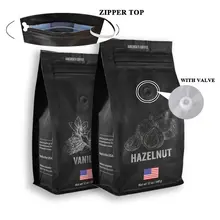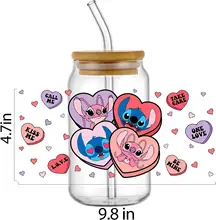Empty tin cans are extremely flexible when it comes to packaging. Due to the various properties of tin material, such as high rigidity and strength, these cans provide a high level of flexibility in packaging. Metal's strength and rigidity allow for faster, product-loss-free filling of empty tin cans without lids. The durability of sealed empty tin cans' also helps to maximize storage and transportation space. The 28 oz empty tin cans can be stacked on top of one another without causing damage. Empty tin cans of various sizes and weights can also be transported by any mode of transportation while retaining their original condition. That is something that you may not see in other types of cans because they can easily deform or destroy the contents while in transit.
Uses for empty tin cans
There are many great ideas and unique craft projects available for what to do with empty tin cans and how to decorate empty tin cans. Empty tin cans with lids have many practical purposes such as a utensil holder, craft caddy, and holder for school supplies. Plain old empty tin cans for decor can be transformed in creative ways into beautiful decorative accessories for the home. With a little paint or scrapbook paper, home interior designers can create a cute vase, candle holder, or planter. DIY empty tin cans can also be transformed into creative DIY gardens and herb planters which make great gifts for a special occasion such as a housewarming. When filled with faux florals, and decorated with a little bit of paint, adults, and kids can create beautiful shabby chic empty tin cans ideas.
Features of empty tin cans
Most empty tin cans for sealing are combined with other types of metals to form alloys. Older and newer empty tin cans and lid can both be recycled, making it possible for empty tin cans suppliers to remove the tin and other valuable components of the container and utilize the metal or iron as scrap metal. The tin-coated steel (tinplate), electrolytic chromium-coated steel, and aluminum are the three materials used to make food-safe tin cans/empty tin cans. Two-piece drawn and redrawn (DRD), three-piece welded (3PC), or two-piece drawn and ironed (D&I) large empty tin cans are the three different ways that can bodies are produced.







































 浙公网安备 33010002000092号
浙公网安备 33010002000092号 浙B2-20120091-4
浙B2-20120091-4